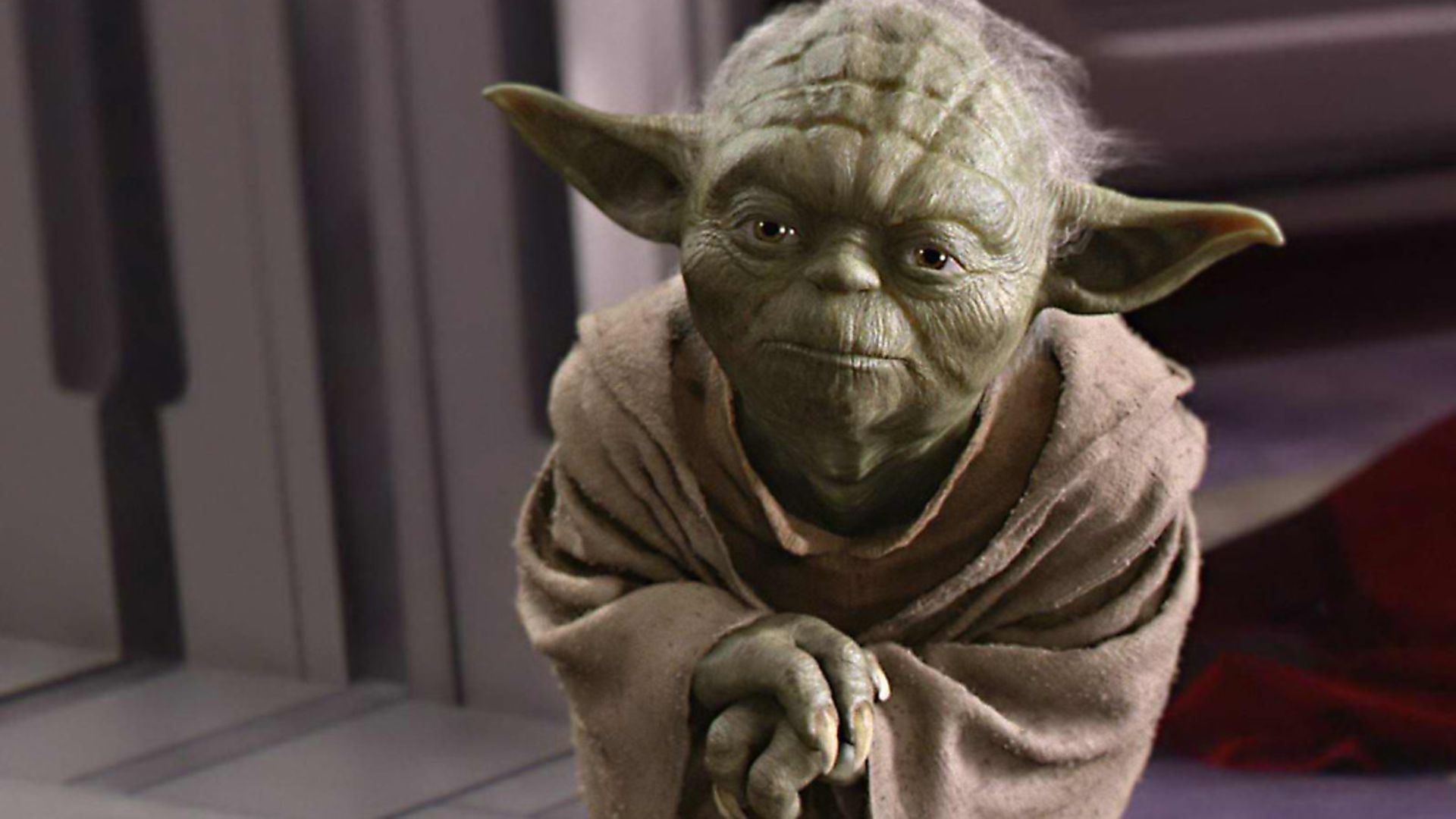
The astonishing spread of Polynesian languages spans an ocean, but have they also reached space? PETER TRUDGILL wonders.
It’s very quick and easy for English people to travel the twenty odd miles across the English Channel between Dover and Calais – the ferry doesn’t take more than an hour and a half. And you don’t even need a visa – yet.
As everybody knows, when you arrive on the other side of the Channel you find that the people who live there speak a language which is so different from English that you can’t understand it unless you have studied French. This is the way things have been linguistically for something like 1500 years, in spite of the invasion of England by French speakers in 1066.
In the Pacific Ocean, the situation is quite different. The sea journey from Tahiti to New Zealand is not at all quick and easy – it’s an enormous two and a half thousand miles, and even today powered sailing vessels take many days to make the trip. But any native speaker of the indigenous Polynesian language Tahitian arriving in New Zealand will find that they can understand the language of the New Zealand Maaori reasonably well. The Yorkshireman Captain James Cook explored parts of the Pacific in the second half of the 1700s with the aid of a Tahitian navigator called Tupaia, who was invaluable not only because of his navigational skills but also because, when Cook and his men arrived in New Zealand, Tupaia was able to act as an interpreter.
We do not know when the ancestors of the modern Maaori first arrived in New Zealand – a historian once told me he thought 1066 was as good a guess as any – but it was probably some time between 800 AD and 1400 AD. What we do know, however, is that they arrived from the east; and we know this, amongst other evidence, on linguistic grounds. The closest linguistic relative of New Zealand Maaori is the language of the Cook Islands, notably the major island of Rarotonga. This language is also called (Cook Islands) Maaori. The Cook Islands are about two thousand miles northeast of New Zealand. Of course, the Tahitians, from even further east, do pretty well at understanding this as well.
It is a remarkable fact that languages spoken so very far apart, with nothing between them except thousands of miles of more or less empty ocean, are so similar, and so mutually intelligible. This is due to the well-known but remarkable historical sea-faring abilities of the Polynesian peoples. Over the centuries, they settled on islands as far apart as Easter Island and Norfolk Island, which lies between New Caledonia, New Zealand and Australia (though the Polynesians had left there by the time Europeans first arrived). These two islands are 5,000 miles apart, not much less than the distance from London to Calcutta.
The Polynesians also appear to have travelled far enough south in the Pacific towards Antarctica to have seen icebergs. And they certainly made it as far into the northern hemisphere as Hawai’i; the contemporary Hawai’ian language is also a very close linguistic relative of Tahitian and Maaori, in spite of the fact that Hawai’i is two thousand seven hundred miles from Tahiti, and over four thousand miles from New Zealand. In fact, Hawai’i is about a thousand miles from anywhere else.
Professor David Adger of Queen Mary College, London University, has entertainingly observed that, while the Star Wars character Yoda speaks English (like most other beings in the universe in science fiction films), it is clearly not his native language. David argues that the order of words Yoda typically uses in sentences, such as The greatest teacher failure is ‘The greatest teacher is failure’, suggests that Yoda’s native language is Hawai’ian, because that is the word order you would find in a typical Hawai’ian sentence. This is absolutely true, but in fact Yoda might just as well have a been a native speaker of Maaori or Tahitian. We will probably never know.
Calcutta
It is often said these days that Calcutta has changed its name to Kolkata. That is not really true. Kolkata has always been the name of the city in the local language, Bengali. Calcutta has traditionally been its English-language name, just as Florence has for centuries been the English-language name for Firenze.









